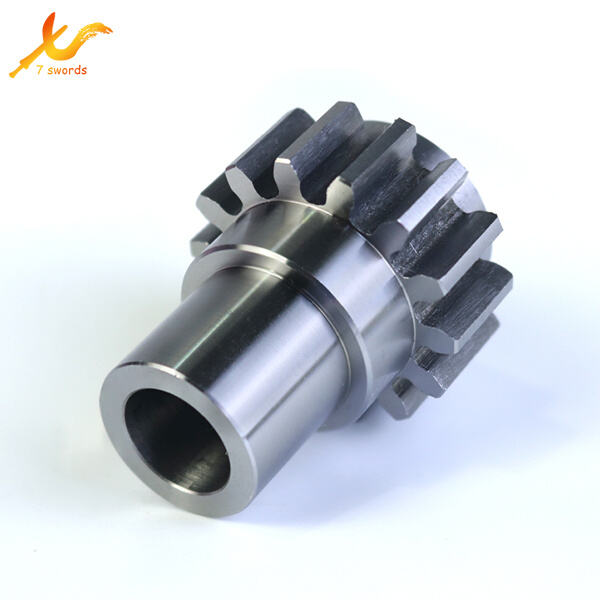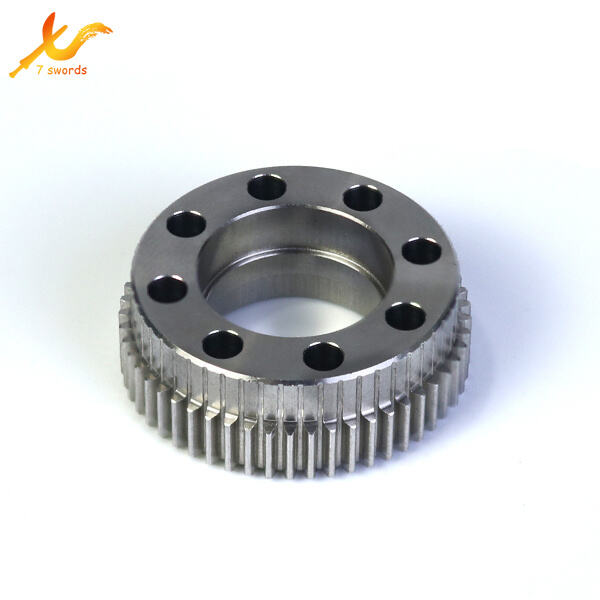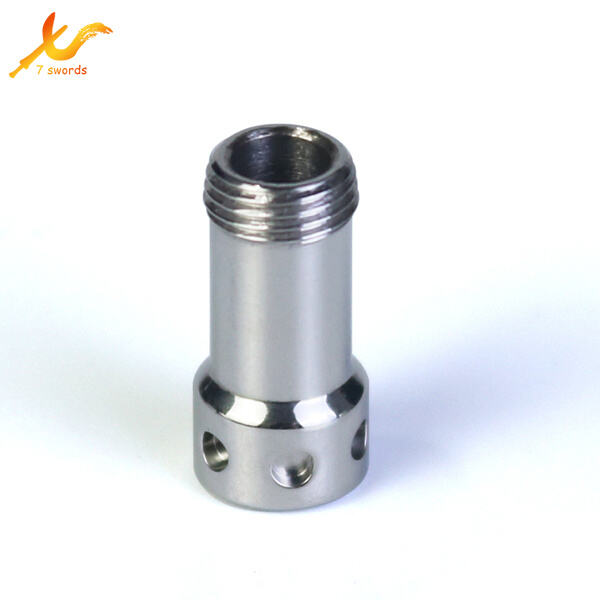Building 49, Fumin Industrial Park, Pinghu Village, Longgang District
Sunday Closed
Hello, young readers! We are continuing a little bit on some interesting topic today: Metal milling. It may sound like a fancy pants term, but it’s actually an easy process that’s behind lots of the things we see and use every day. Swords Precision is well-versed in CNC metal parts, so let’s dig in to learn about it together!
Let us first get into the basics of metal milling. Metal milling is the process of transforming metal into various shapes and sizes through the use of a specialized machine known as a milling machine. This machine has tools called rotary cutters that spin around, slicing deep into the metal and removing chunks. You have a lump of wood, say, and you want to chip away at it until you get a beautiful statue. Tools would be used to carve away what was unnecessary from the wood to make it look just so. Metal milling is somewhat similar, however, we are sculpting metal instead of wood!
Now that you have a basic understanding of metall milling, you may be wondering why it is so important. Metal milling is a very important aspect of manufacturing, or the process of creating products. This enables the generation of highly accurate and intricate designs. The reason for this is Custom metal parts manufacturer is capable of produce extremely complex geometries that would be virtually impossible to reproduce manually. So machines or engines, or indeed any tools, can be made accurately enough so that everything fits together.

There are lots of advantages of using a factory for metal milling the products. It firstly saves you a bunch of time and money. Doing it all by hand can be very slow and when we make use of a machine, it makes the process much faster. In other words, factories can make more things in less time. This speed makes it cheaper to create things too. Metal milling is also very precise, which is another key advantage. This is particularly critical for manufacturing elements that require a good fit — as in aircraft or automobiles. Metal milling enables customization at the end. Therefore, we can create special pieces and specific dimensions for various needs: Each article becomes unique.

Now, let’s get into how metal milling actually works. First, we have to do design with the help of a computer program known as CAD, that is Computer-Aided Design. This program allows engineers and designers to make precise drawings on the shapes they want to build. Once the design is prepared, sent to the milling machine. Finally, a milling machine applies the rotary cutters to gradually carve the metal out of a solid piece to obtain the desired shape. It can move in three different directions, which makes for very precise cuts and shapes. The piece is typically polished or coated at the end of the milling process. This produces a smooth, shiny end that is both clean and presentable and prepares the product for use.

Over the years, metal milling has evolved dramatically and improved significantly. Previously, humans had to manually control the milling machines, making it a time-consuming and imprecise process. Currently, most milling machines are operated with a computer, which gives the machines even more speed and precision. Vertical milling machines and horizontal milling machines are two commonly different types of milling machines. They're designed for different types of jobs and produce different outcomes, catering to the needs of a range of industries.
They have a wealth of metal milling and knowledge to address all your concerns. Their extensive knowledge and expertise will address your concerns. Custom precision parts tolerances: +/- 1 mm, Special Space: +/0.005 mm
We have ISO9001 certificate, metal milling, ISO45001, medical ISO13485, aviation AS9100, Automobile IATF16949, we can produce mechanical parts, automobile parts, electronic parts, aerospace parts, medical device parts, communication equipment parts, new energy parts, construction and household products parts.
Our production equipment includes 3-axis (4-axis), 5-axis, up to 6-axis machines. We have a broad range of processing capabilities, including turning, milling, grinding, drilling as well as metal milling, 3D Printing. We can work with a range of materials, including copper, aluminum, brass and stainless steel, plastics, composites and crafting components that meet any industrial need.
OEM and ODM services are available The minimum quantity for orders is 1 piece Quotes are given within metal milling Production of samples takes 1 to 3 working days The delivery time for bulk orders is 7 to 14 working days Our monthly production surpasses 300 000
Copyright © Shenzhen Perfect Precision Products Co., Ltd. All Rights Reserved — Privacy Policy — Blog